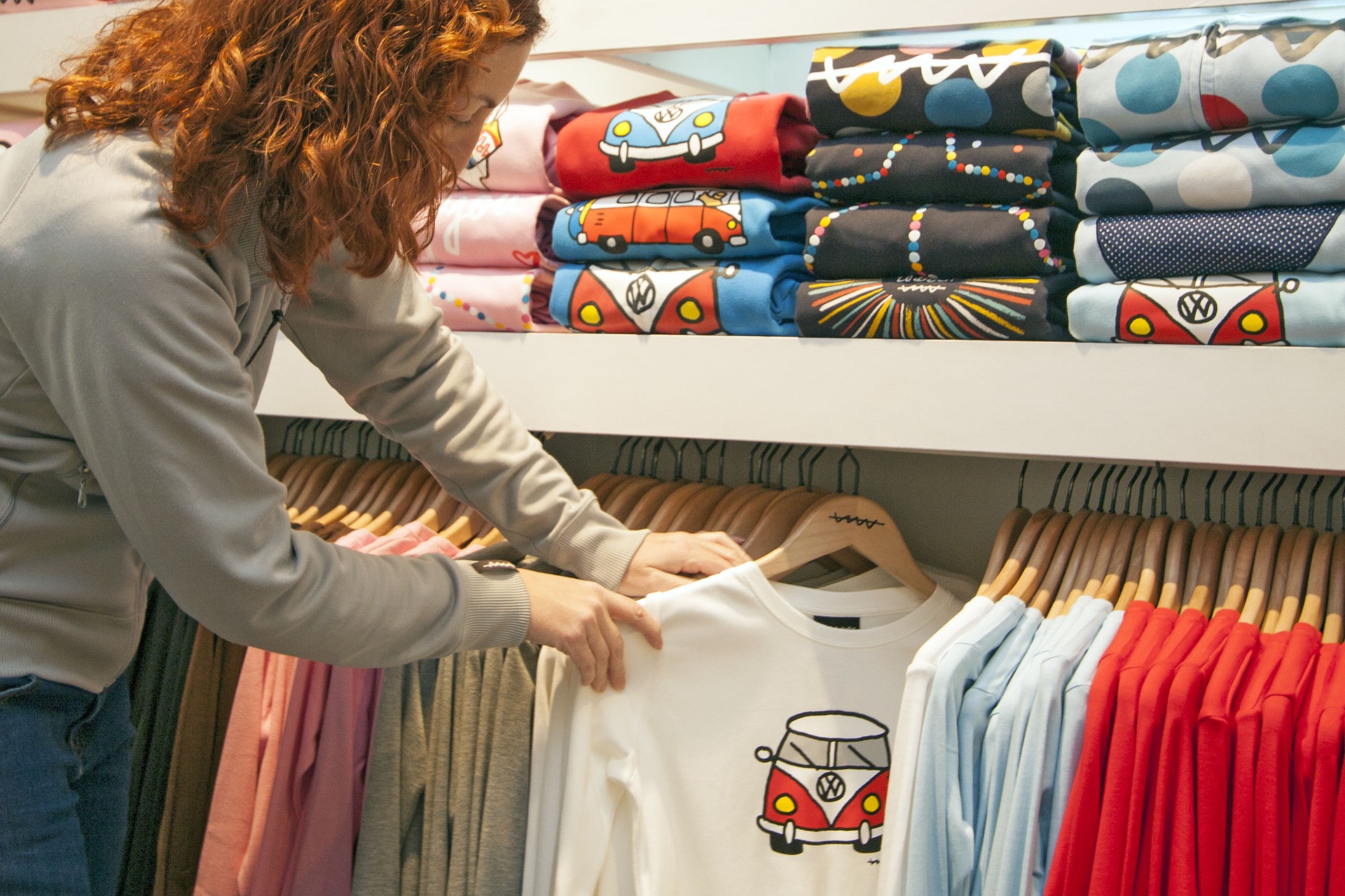What You Wear May Be Hazardous to the Planet – Apparel as an Environmental Hazard
Author: Joan Michelson | Published: November 14, 2017
Hurricane victims are replacing all their stuff – clothing, shoes, furniture, handbags, dishes, etc. Houston, Florida, Puerto Rico, U.S. Virgin Islands…imagine how much stuff that is… Imagine if they all replaced even 10 percent of it with sustainable options….
The gift-giving season is upon us too, and at a time when the economy overall is doing better overall, it’s tempting to spend generously on new things for our loved ones, friends and coworkers.
But before you whip out your credit card, remember the recent National Climate Assessment, authored by 13 federal agencies (and approved for release by the Trump White House, by the way) says climate change is man-made. That means, our choices matter, so think before you buy.
Experts are predicting there will be more plastic in the oceans than fish by 2050. Imagine that…and plastic in the fish…
Annie Gullingsrud, Director of Apparel at the Cradle to Cradle Innovation Institute told me on my radio show-podcast Green Connections Radio that 85 percent of the apparel we buy ends up in landfills. So, imagine almost your entire closet in a landfill, times 310,000,000 people (n the U.S.).
What is the environmental impact of that new sweater or designer dress? Or of those beautiful boots or pretty new dishes that could dress up your Thanksgiving table?
For our series on the apparel industry, I recently visited the Textile Exchange Conference and was blown away by the cool things the fashion industry is doing to reduce their massive environmental impact (some sources have said fashion is the second dirtiest industry, next to oil). Many manufacturers and retailers now have sustainability departments and are leveraging their economic influence to incentivize their suppliers to reduce their environmental impact – that is, use less energy and water, and generate less waste.
Then there are those that have been ahead of the curve for years, quietly: Lenzing Fibers has been making textiles like Tencel from wood (but feel amazingly silky) for 25 years. Stella McCartney has been making shoes without leather and is now making backpacks and other items from recycled plastic retrieved from the ocean.

